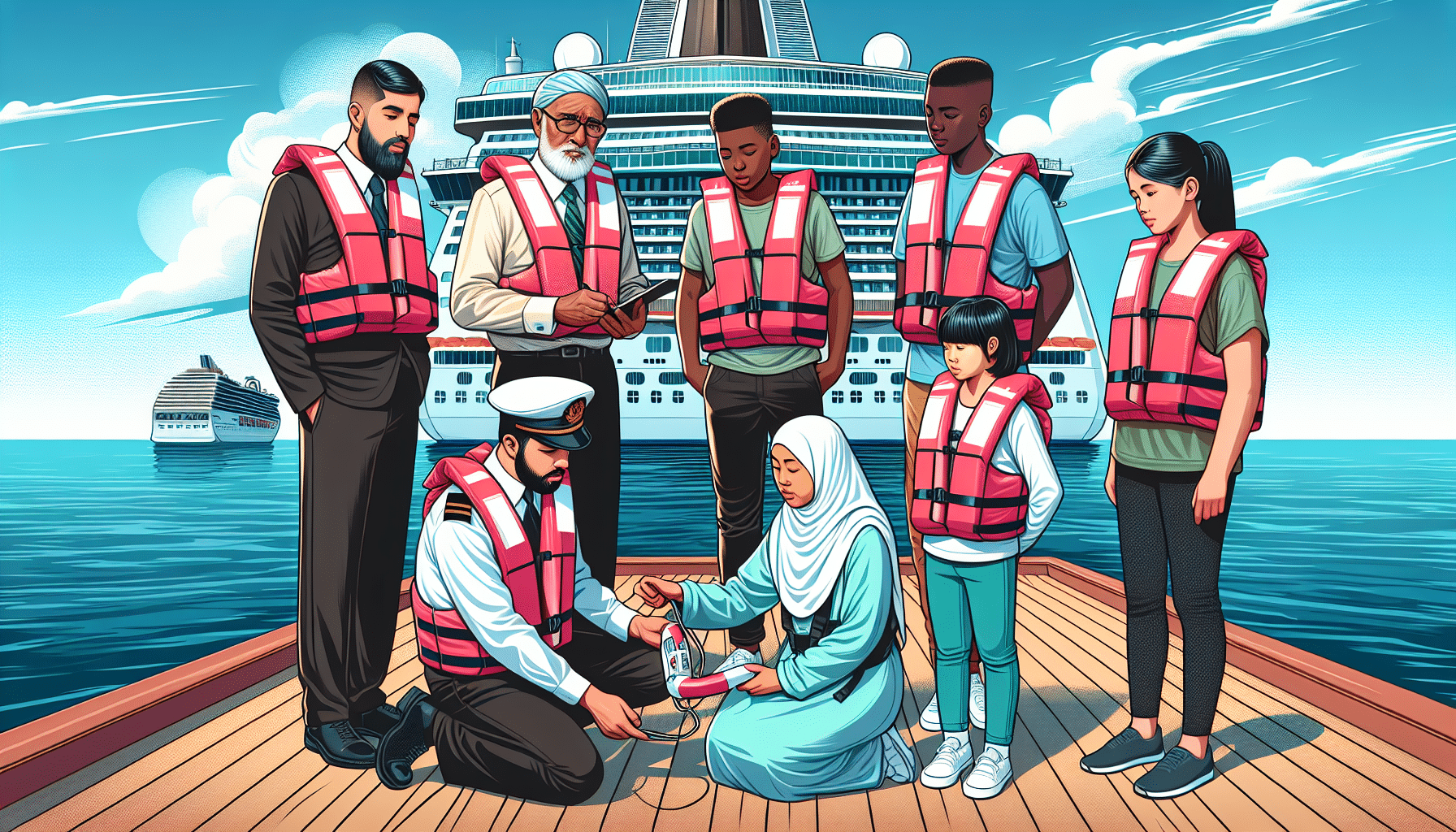Introduction to Cruise Safety Procedures
Cruising is a popular form of vacationing but like all modes of travel, it comes with certain risks. Familiarizing oneself with essential safety procedures is crucial to ensure a safe and enjoyable journey. Cruise ships are well-equipped with safety measures, but being proactive about your own safety is key.
Pre-Embarkation Safety Tips
Before boarding a cruise ship, passengers should take several important steps. Researching the safety record of the cruise line and the specific ship can provide insights into their safety standards. It is also recommended to check travel advisories and weather conditions for the scheduled itinerary. Ensuring that you have all required travel documents, and making copies of important documents like your passport, can prevent complications in case of emergencies.
Participating in Muster Drills
Upon embarkation, one of the first and most essential safety procedures on a cruise ship is the muster drill. A muster drill, sometimes referred to as a lifeboat drill, is a mandatory safety exercise to familiarize all passengers and crew with the location (muster station) where they should go in the event of an emergency. During the drill, instructions will be provided on how to wear a life jacket and how to evacuate in an emergency. Participation is not only mandatory by maritime law but also vital for safety.
Understanding Ship Layout and Safety Features
Familiarize yourself with the ship’s layout, noting essential routes such as those to the muster stations, main areas, and other key locations like the medical center. Most staterooms on cruise ships include safety instructions and a ship map. Review these materials and walk the routes if possible. Additionally, paying attention to safety videos and information sessions provided on board can deepen your understanding of the ship’s emergency procedures and equipment.
Health and Hygiene on Board
Maintaining health on a cruise ship is critical, especially considering the close quarters shared among passengers. Regular hand washing and use of sanitizers placed around the ship are basic but vital practices. Be informed about the ship’s medical services and understand the process for medical emergencies. It’s advisable to consult with a healthcare provider before traveling to ensure that all necessary vaccinations are up to date and to receive other travel health advice.
Responsible Behavior and Alcohol Consumption
While cruises are often seen as an opportunity to relax and enjoy leisure activities, maintaining responsible behavior on board is essential. Overindulgence in alcohol can impair judgment and reflexes, making accidents more likely. It is important to observe the ship’s policies on alcohol consumption and to avoid risky behaviors such as leaning over railings or engaging in unauthorized areas of the ship.
Dealing with Severe Weather and Sea Conditions
Cruise ships today are equipped to handle a wide range of sea conditions; however, severe weather can still pose significant risks. If you encounter rough weather, it is crucial to stay indoors and follow instructions provided by the ship’s crew. Ship captains are experienced in managing such scenarios, and the safety of passengers and crew is always their top priority.
Security Measures and Emergency Contacts
Ensure you are aware of all onboard security procedures. Cruise ships are like small cities, and incidents like theft or disputes can happen. Safeguard your belongings and use the safes provided in your stateroom. Additionally, keep emergency contact numbers handy, including those of family members, the nearest embassy or consulate, and the cruise line itself. It’s also useful to have contact information for local authorities in the destinations you will visit.
Though cruise vacations are designed to deliver relaxation and enjoyment, safety should never be overlooked. By following these essential safety procedures, passengers can contribute to a safe environment for themselves and others, ultimately enhancing the cruising experience for all aboard.






